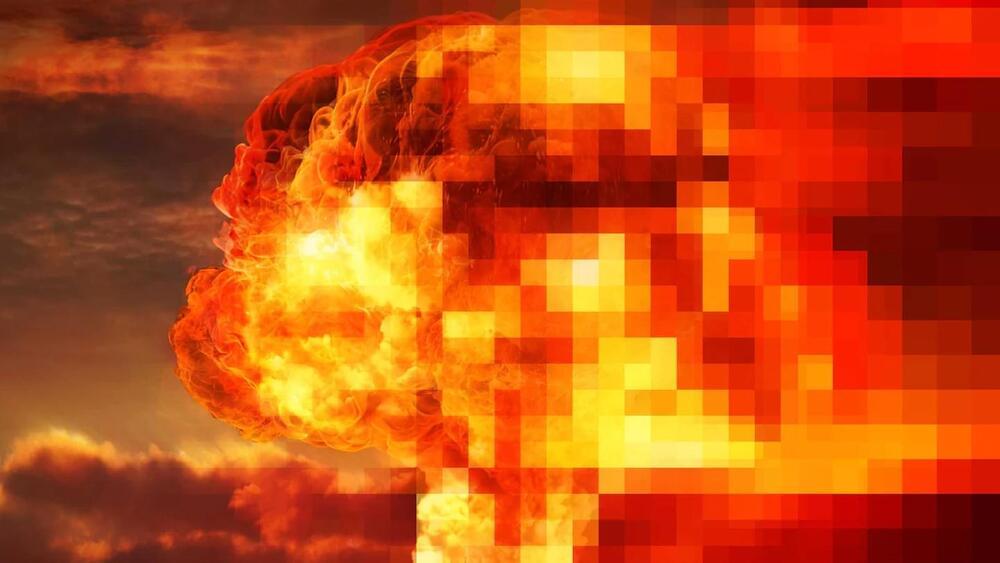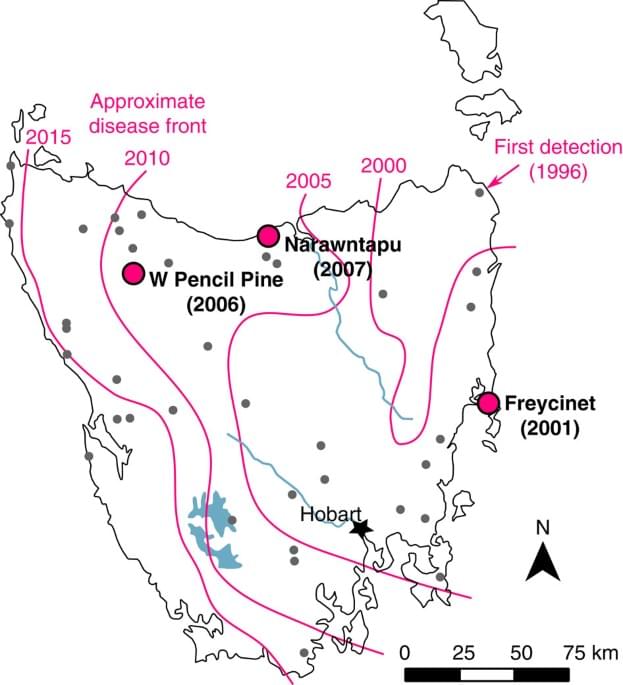https://www.timventura.com — Martin Ciupa discusses the existential risks and unintended consequences of AI superintelligence and the Singularity, along with concerns about AI augmentation through Neuralink. We also explore the philosophical underpinnings of The Singularity and how it fulfills a long-standing human need for transcendence in a technologically advanced society.
Martin Ciupa is a subject matter expert on artificial intelligence. Martin is the CEO of Remoscope Inc, an AI-based Telehealth startup, and an advisor & consultant to Mindmaze, a Unicorn Neurotech company focuses on applying advanced neuroscience to everyday life. Martin has decades of experience in computing and artificial intelligence, PhD studies in AI, and a Master’s Degree in Cybernetics. He joins us today to discuss AI Superintelligence and the Singularity.
We previously touched on Ghosts in the Machine in terms of the human qualities we unintentionally build into AI, so today I wanted to focus on “God In The Machine”, especially in regards to AI Superintelligence and the Singularity. Let’s start with a story in Futurism quoting former Google Exec Mo Gawdat as saying that “AI Researchers are creating God”.
The Singularity has scared more than just this researcher: Stephen Hawking has said that “The development of full artificial intelligence could spell the end of the human race”. Bill Gates and Elon Musk have also voiced concerns on AI Superintelligence. Gates said, “I am one of those who is concerned about superintelligence. First, machines will do a lot of work for us and they won’t be super smart. That should be positive if we manage it well. A few decades after that, they will be smart enough to be a concern.” – and Elon Musk has said that development of artificial intelligence “is the greatest existential threat to humanity”.
We contrast these views against the optimistic view of AI Superintelligence by proponents like Ray Kurzweil, who has said, The pace of change will be so astonishingly quick that we won’t be able to keep up, unless we enhance our own intelligence by merging with the intelligent machines we are creating. What are your thoughts on the positive aspects of this technology?
Finally, speaking in practical terms, the world we live in is becoming increasingly automated and complex, and moving past the ability of people to manage all of these systems. We explore whether human-level or higher AI at some point simply to help run this machine-driven world we’re creating.



